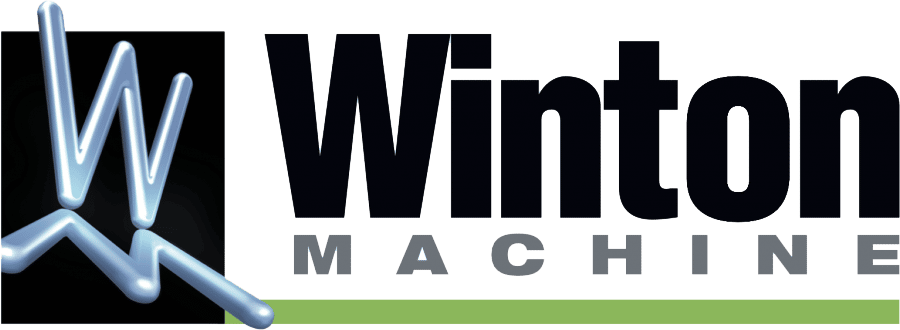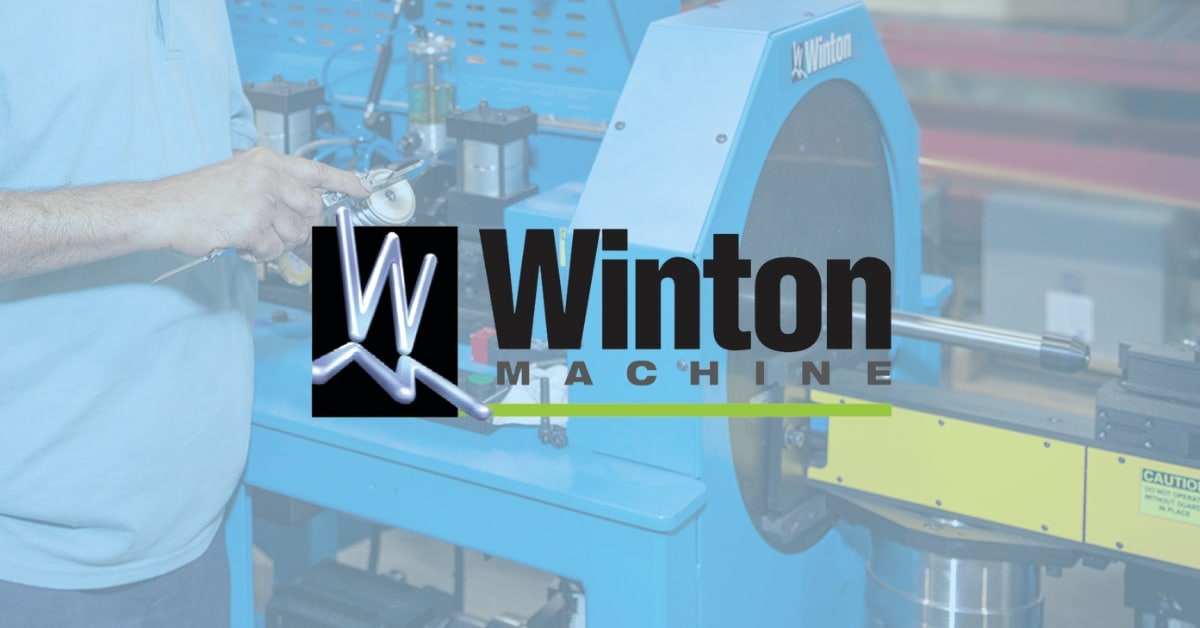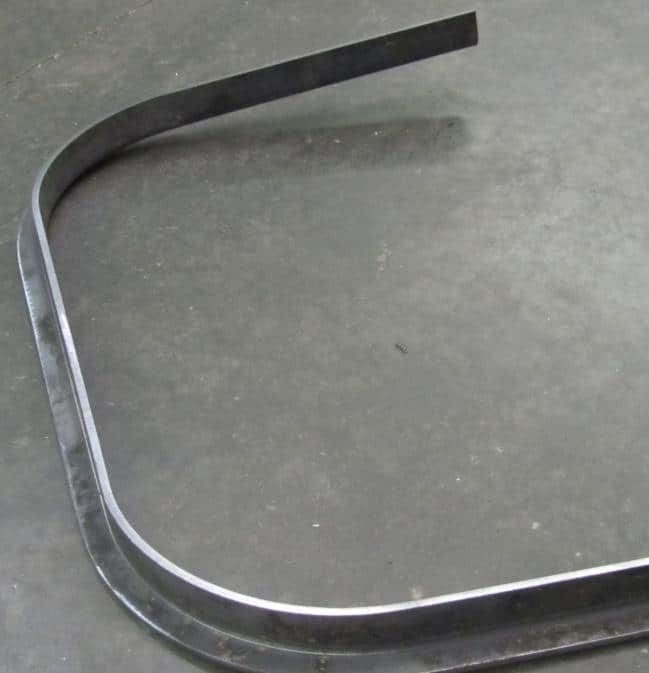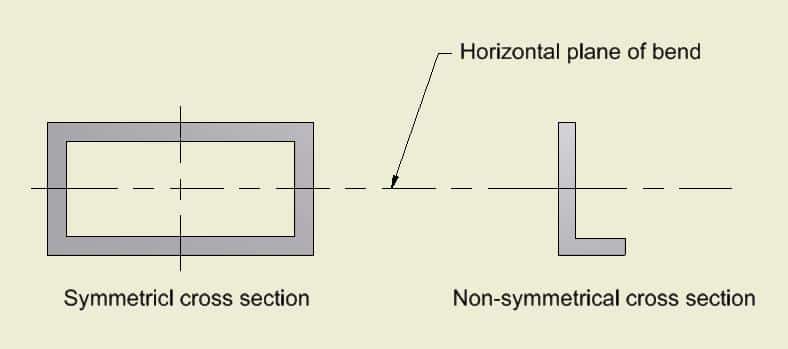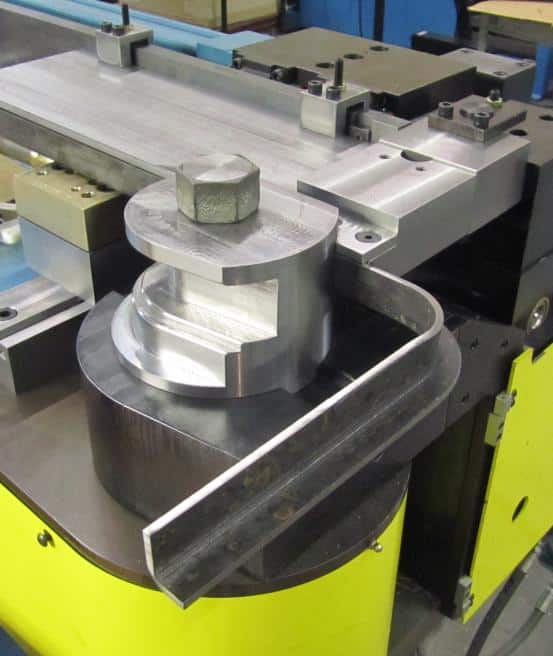The Unexpected Twist – When the Bending Process Goes Sideways
The Pitch
Here’s the situation. You have been bending round profiles, square profiles, and sometimes even rectangular profiles. You have even bent the rectangular profiles the easy way and the hard way. Up until this point you have worked your way thru years of technical problems. At some point you are then asked to bend a simple angle. You’re thinking “no problem….”
You look at the dies. You look at material. You even look at the material in the dies. Nothing is jumping out at you. Then you realize that the cross section is not symmetrical like the rounds, square, and rectangular profiles you have been bending all along.
In a nut shell the non-symmetrical cross section (see Figure 1 below) being bent is generating uneven stresses above and below the plane of bend.
These non-symmetrical stresses can leave the average bear wondering what just happened. What just happened is that the non-symmetrical cross section took the path of least resistance during the forming process. This path, if unchecked, can result in twisting of the cross section.
What To Do
There is only one thing to do; manage the flow of material just as you would with a round cross section. This could involve adding a material support (kinda like a wiper die but different). It may involve modifying the dimensions of the tooling. It may even involve a redesign of the tooling itself. It may involve multiple approaches.
Figure 2 shows an angle being bent. Notice the bronze support below the angle and pressure die (upper left in photo). This support prevents the tail end of the angle from going south during the forming process.
On a rotary draw bender the material being drawn in while forming is a good indicator of where the path of least resistance is heading. Once you see this path, the counter measures will become more obvious. Controlling the cross section in the dies is as important as controlling the cross section as it enters the dies.

George Winton, P.E. designs and builds CNC tube fabrication equipment for Winton Machine in Suwanee, GA. He can be reached at gwinton@wintonmachine.com or 888.321.1499.
About the Machines We Build
All of our semi-rigid coax and tube fabrication machines at Winton are designed, manufactured, and tested in-house. We have a large line of standard products as well as the ability to engineer the best solution for our customer’s needs. Our experienced sales staff makes sure that our customers can justify their capital equipment investment by offering a solution that is exactly what they need in order to manufacture their parts. Please contact us today to discuss your project.

